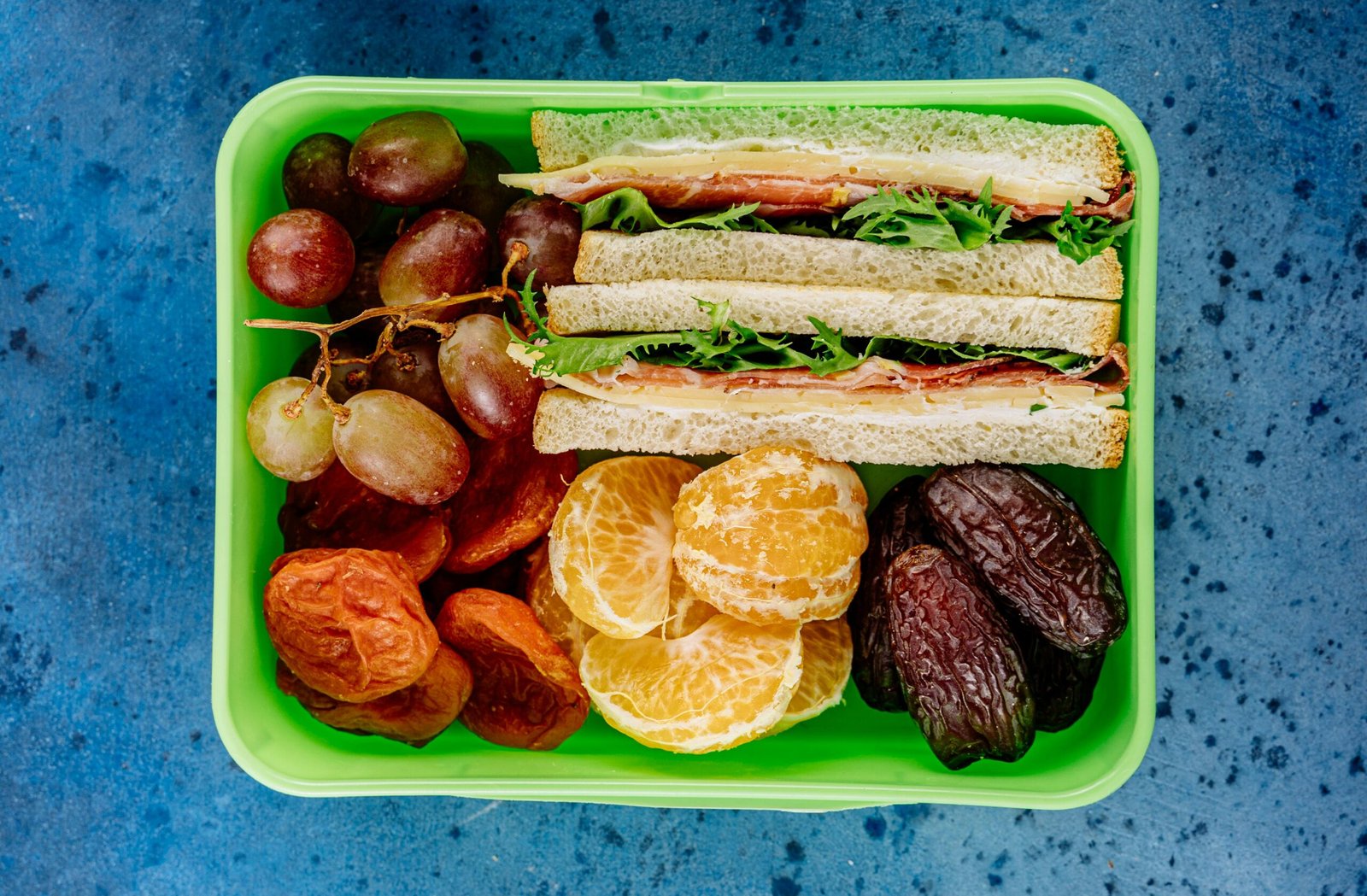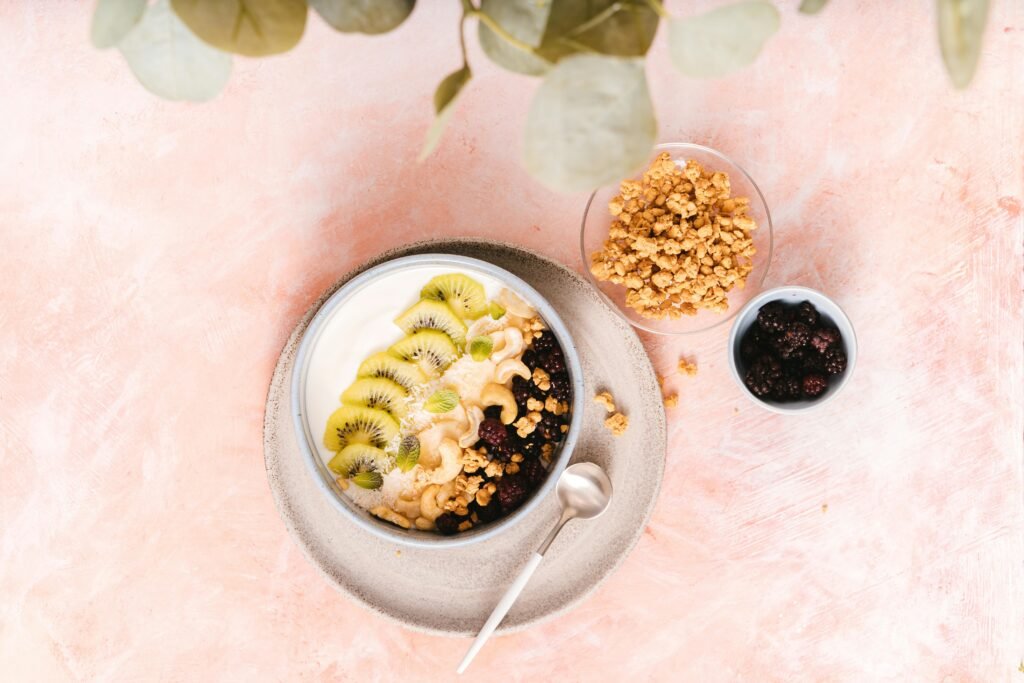Physical Address
304 North Cardinal St.
Dorchester Center, MA 02124
Physical Address
304 North Cardinal St.
Dorchester Center, MA 02124

7 Day Low Potassium Meal Plan Daily potassium intake is capped at ~1,800–2,000 mg, portioned across meals and snacks to keep levels safe for kidney health. Focus on low-potassium fruits and vegetables (<200 mg per serving), lean proteins, and refined grains for balanced nutrition. Use leaching techniques and portion control to lower potassium in moderate foods. Include fiber-rich low-potassium options and maintain hydration to prevent constipation. This meal plan also offers easy meal prep tips, a complete shopping list, snack ideas, cooking methods, and visual guidance, making it simple to follow. Designed by a dietitian, it’s both safe and delicious for hyperkalemia management.
As a Registered Dietitian Nutritionist working with kidney disease and hyperkalemia patients, I understand how challenging it can be to plan meals that are both safe and satisfying. This 7 Day Low Potassium Meal Plan offers breakfast, lunch, dinner, and two snacks each day — with potassium, fiber, and practical cooking tips built in to empower informed and flavorful eating while keeping you within a safe daily potassium range. Portions, substitutions, and prep methods (like leaching) are explained step-by-step so you can follow with confidence.

Day 1 (Example)
Breakfast (~600 mg K):
– 2 egg whites scrambled with sautéed red peppers & onions; 1 slice white toast; ½ cup strawberries
[IMAGE PROMPT: Photorealistic breakfast plate with scrambled egg whites, diced red and green bell peppers and onions beside a slice of white toast and a ramekin of strawberries, bright morning light]
Snack (~150 mg):
– 1 medium apple with 1 tbsp natural peanut butter
Lunch (~600 mg):
– Grilled chicken breast (3 oz), ½ cup cooked white rice, steamed broccoli (½ cup), cucumber slices
Snack (~150 mg):
– ½ cup grapes + handful unsalted crackers
Dinner (~600 mg):
– Baked cod fillet seasoned with herbs, ½ cup cooked pasta, sautéed green beans
Many fiber sources (whole grains, beans) are high in potassium. Instead, rely on berries, green beans, apples, and cauliflower for safer fiber intake.
Ensure adequate hydration — water, lemonade, unsweetened tea.
If constipation arises, consult your healthcare provider about safe fiber supplements that fit within your potassium limits.
This 7 Day Low Potassium Meal Plan draws from registered dietitian-reviewed sources (KidneyFund, SeasonHealth, Healthline) and clinical practice experience to provide accurate, safe, and evidence-based guidance tailored for kidney disease and hyperkalemia management.